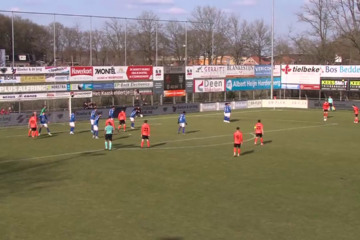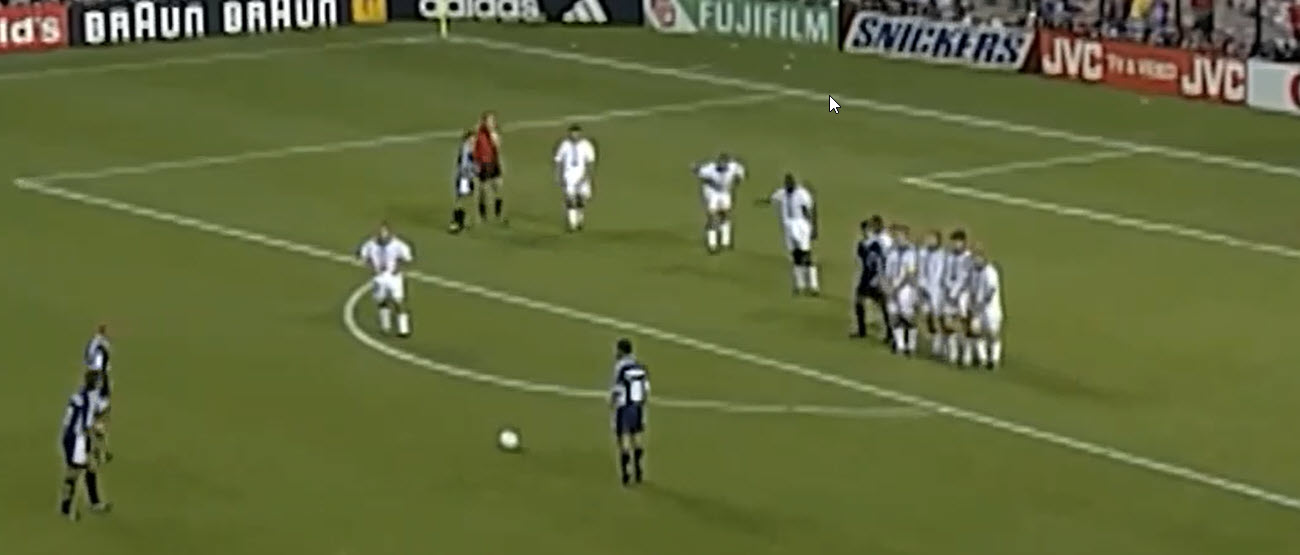Set-pieces are a crucial part of modern football. Whether it’s a corner kick, free kick, or throw-in, a well-thought-out strategy can make the difference between winning and losing. In this blog post, we share a structured blueprint for planning and executing successful set-pieces.
1. The Philosophy Behind Set-Pieces
An effective set-piece strategy starts with a clear philosophy.
Here are three core principles:
- Exploiting Strengths: Make optimal use of your players’ physical and technical qualities.
- Flexibility: Develop variations to prevent opponents from easily anticipating your moves.
- Psychological Advantage: A team that scores well from set-pieces instills respect and fear in the opposition.
2. Set-Piece Analysis and Preparation
A successful set-piece begins with thorough analysis:
- Opponent Scouting: Study their defensive patterns and weaknesses.
- Evaluation of Your Own Team: Identify your best headers, passers, and finishers.
- Data Analysis: Use statistics to determine the most effective strategies.
3. Design and Structure of the Set-Piece
When designing a set-piece, consider the following:
- Starting Position: Players’ initial positioning should be logical and effective.
- Movements: Avoid predictable runs and use decoy movements.
- Variations: Have at least three different options per set-piece to maintain unpredictability.
4. Roles and Responsibilities
For a set-piece to be successful, every player must know their role precisely:
- Deliverer: A specialist with precision and excellent timing.
- Primary Target: The player most likely to receive the ball and score.
- Decoy Runners: Players who create space by dragging defenders away.
- Blocker: Player who creates space by blocking a direct opponent of the target-player.
- Support Players: Those positioned to capitalize on second balls and neutralize counterattacks.
5. Training and Execution
Regular training and repetition ensure perfection:
- Repetitive Drills: Practice the set-piece multiple times a week.
- Match Simulations: Create realistic game situations during training.
- Video Analysis: Study footage to identify areas for improvement.
6. Evaluation and Adjustments
After every match, the effectiveness of set-pieces should be reviewed:
- Success Rate: How many chances or goals resulted from set-pieces?
- Opponent Reactions: How did they adjust, and how can you counter this?
- Player Feedback: Listen to their insights and refine strategies accordingly.
Set-pieces can be game-changers when properly prepared and executed. By following a structured blueprint, you increase the chances of success and ensure your team makes the most of every dead-ball situation. Work systematically, train consistently, and continuously evaluate to keep improving!


0 reacties